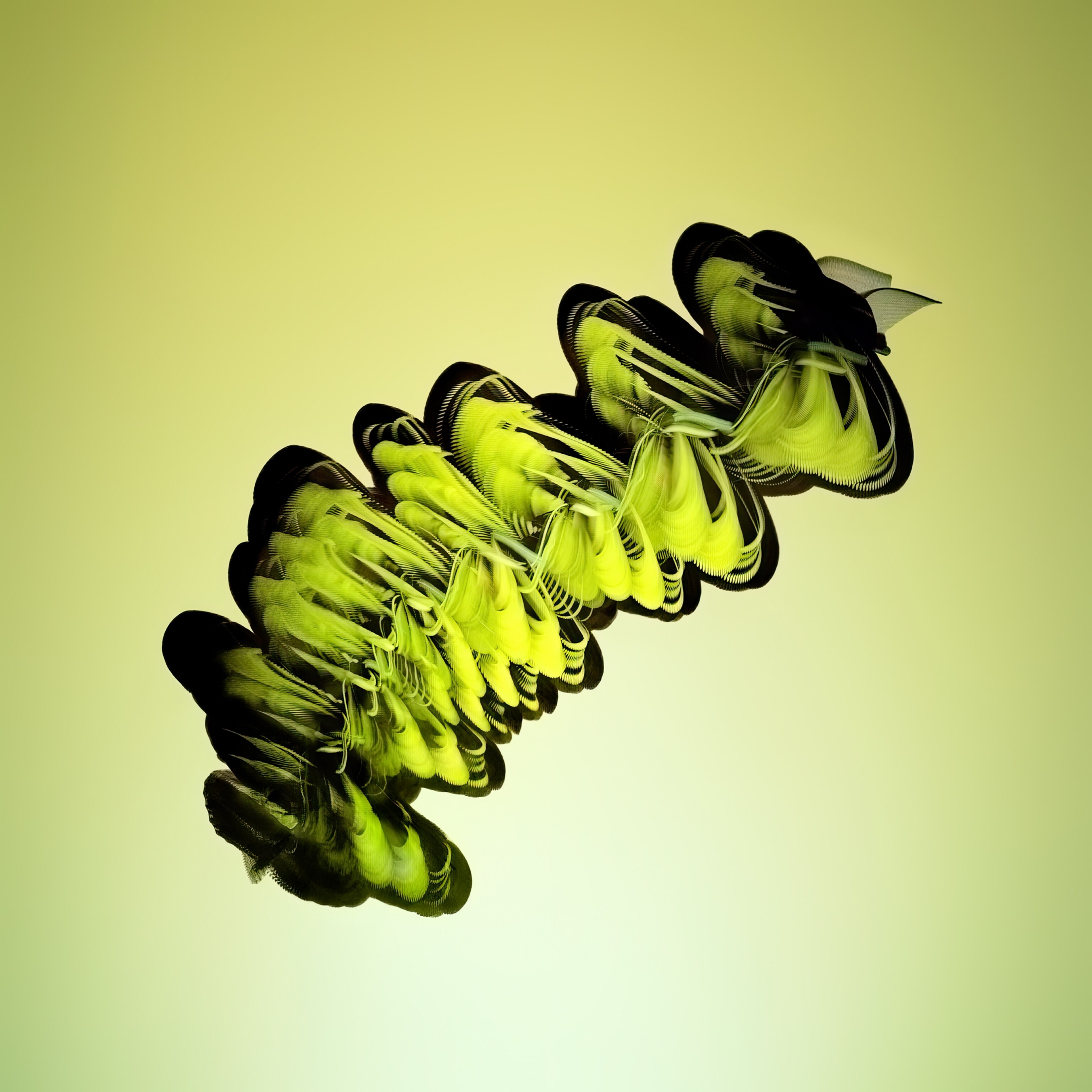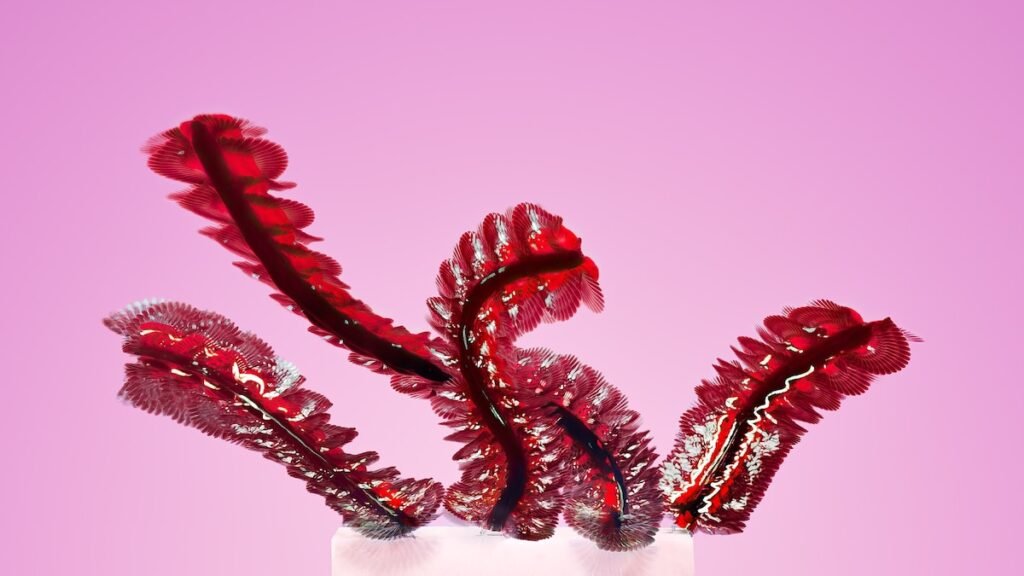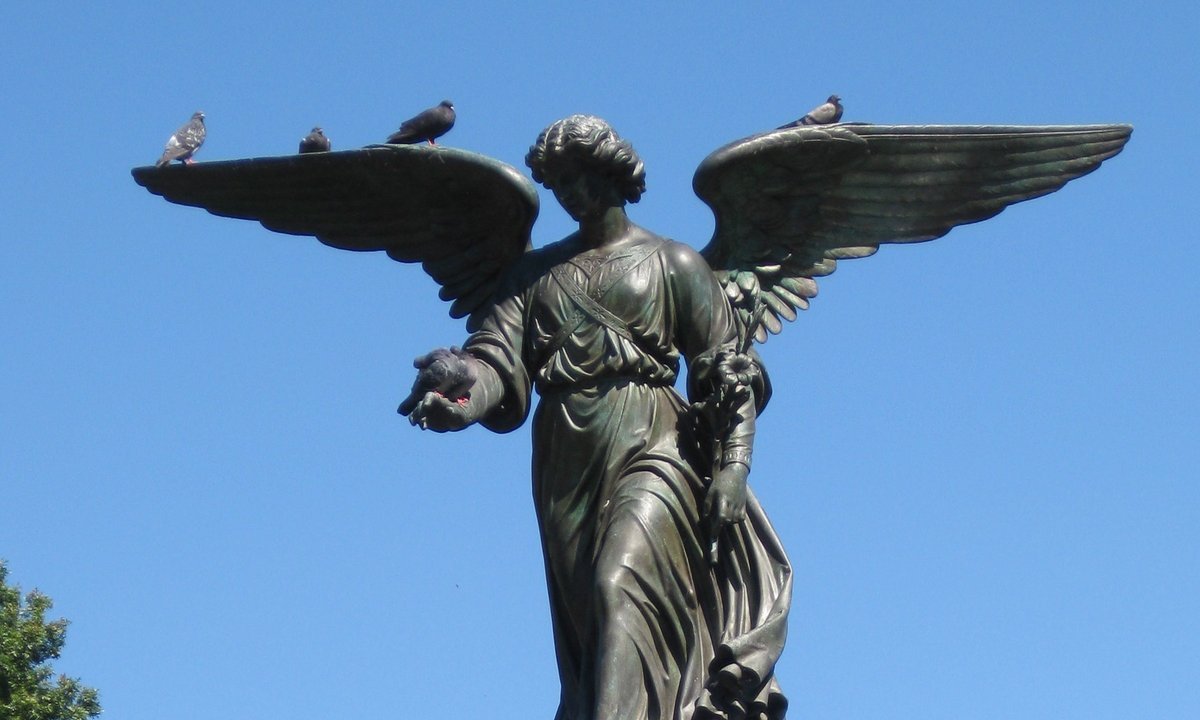Movements of flying insects make them tough to track, but technological advances and some creative thinking have allowed Spanish photographer Xavi Bou to do just that. After spending 10 years concentrating on birds in flight for his Ornithographies project, he shifted his focus to bugs.
For Entomographies, he uses high-speed video footage taken by Adrian Smith, an entomologist at North Carolina State University, to decode and document insect trajectories. Then Bou selects multiple frames and merges them into single images that convey the rapid motions through space and time of one or more animals.
With Smith’s help, Bou has mapped the aerial acrobatics of wasps, the leaps of leafhoppers, and the flutters of butterflies in stunning detail. In doing so, he hopes to raise awareness about the decline of key insect populations worldwide. “It’s happening in front of our eyes, and we are not paying attention,” Bou says.
(‘Every day is survival’: See the extraordinary lives of ordinary bugs.)
Zebra longwing
This butterfly, found in many parts of the Americas, lives up to its name. The insect can soar to great heights with just a few beats of its supersize wings.

Two-lined spittlebug
This insect, native to the eastern United States, is often called a pest because of its taste for turf. Spring-loaded hind legs can launch the animal into the air like a rocket.

Yellow-collared scape moth
Unlike most moths, this North American species can be seen flying during the day, with its iridescent blue-black wings that shimmer in sunlight.

Ailanthus webworm moths
These tropical moths have moved farther north in the U.S. Thanks to their larval host, the invasive tree of heaven, they are among the most widespread backyard moths in the country.






